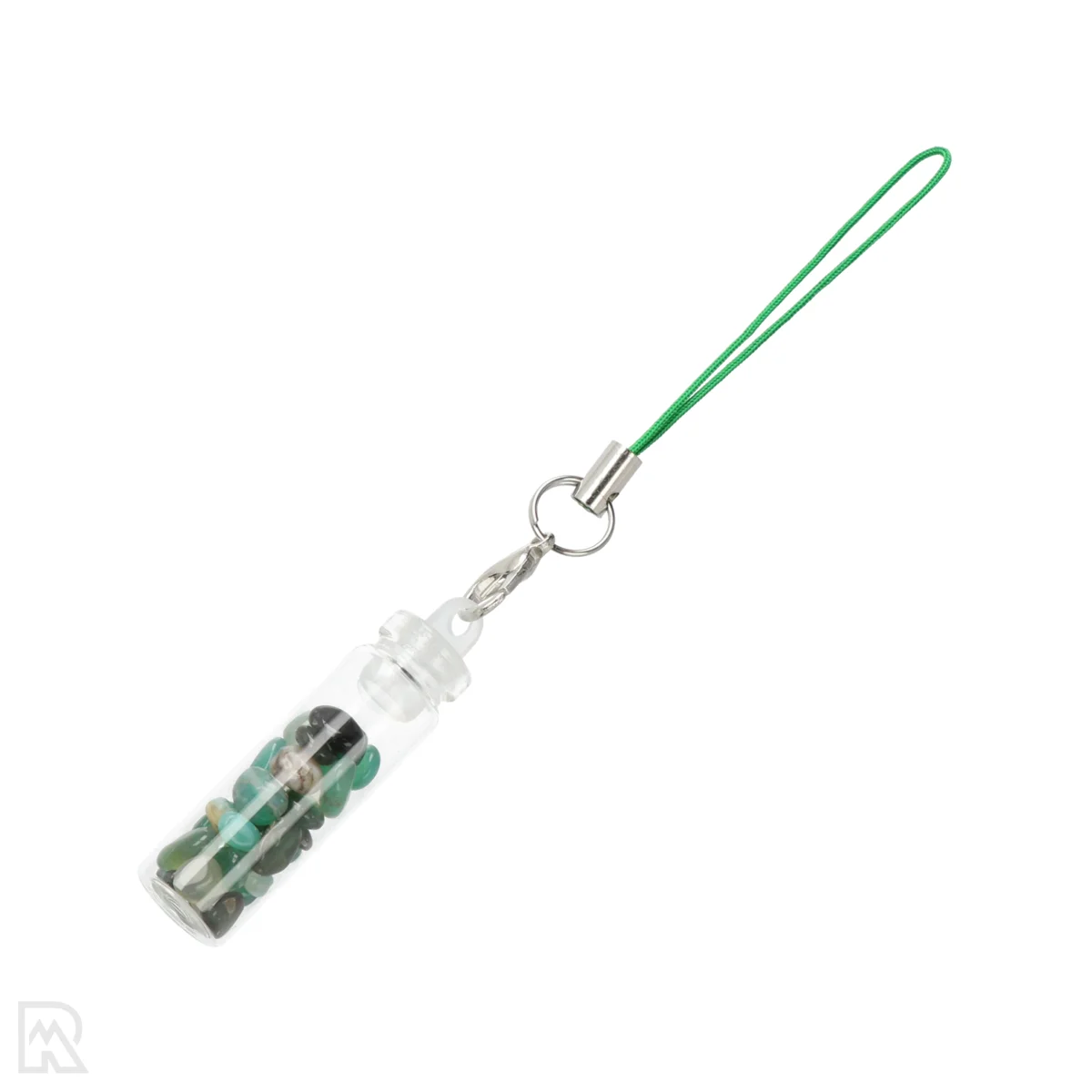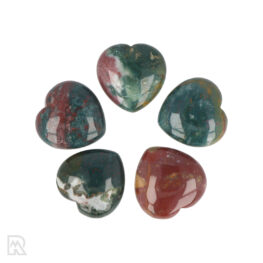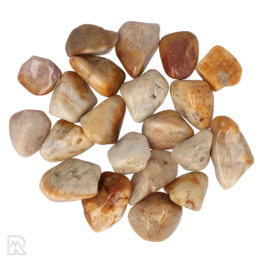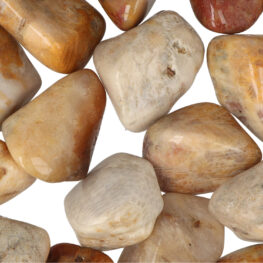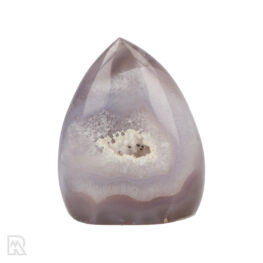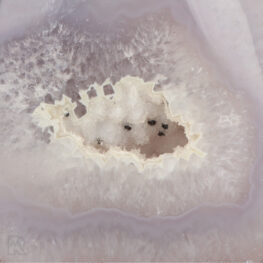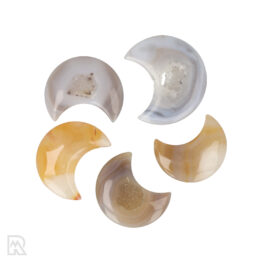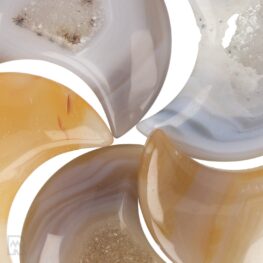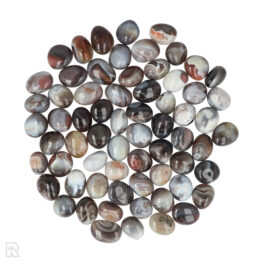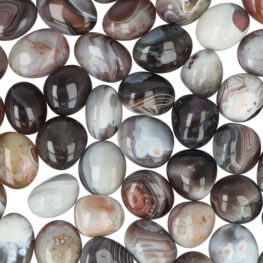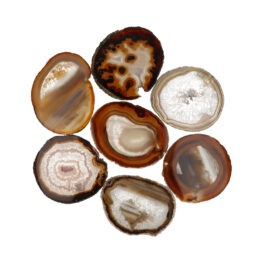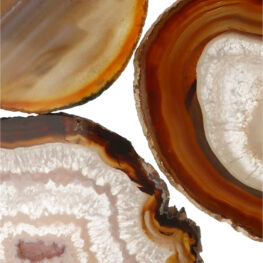| Gewicht | 0,05 kg (50 gr) |
|---|---|
| Dimensions | 1,1 × 1,1 × 3,5 cm |
| Sales Unit | |
| Type | |
| Form | |
| Origin | |
| SKU | 5850 |
Green Agate Lucky Bottle
Green Agate Lucky Bottle from China
Agate
Agate is a multicoloured variety of chalcedony, characterised by its fine band structures and layered patterns. The colours result from different minerals deposited in layers during formation. Agate has been used for jewellery and decoration for thousands of years because of its attractive appearance and wide variety of shapes.
Major deposits include Brazil, Uruguay, India, the United States and Madagascar. Agate forms in volcanic rocks and is often found in geodes. Its chemical formula is SiO₂, as it is a form of quartz. Agate has a hardness of 6.5 to 7 on the Mohs scale.
Known variants: Botswana Agate, Crazy Lace Agate, Moss Agate and Flower Agate are some popular and in demand types, each with its own distinctive pattern and colouring.
Sources:
Mindat.org, Gemdat.org, Wikipedia - Agate
Selenite
Selenite is a clear to translucent variety of the mineral gypsum (CaSO₄-2H₂O). It is known for its glassy to pearly luster and often fibrous structure. A common form is selenite, which has a silky luster and occurs in long, fibrous crystals. Despite its name, selenite has nothing to do with the element selenium; the name is derived from the Greek word for moon, because of its soft luster.
Selenite forms in sedimentary environments during the evaporation of seawater and is found in countries such as Mexico, Morocco, the US and Australia. It is a soft mineral with a hardness of 2 on the Mohs scale, making it easy to work by hand. Almost all selenite sold on the Dutch market is satin spar; however, selenite is a market-accepted sales name.
Sources:
Mindat.org, Gemdat.org, Wikipedia - Selenite
